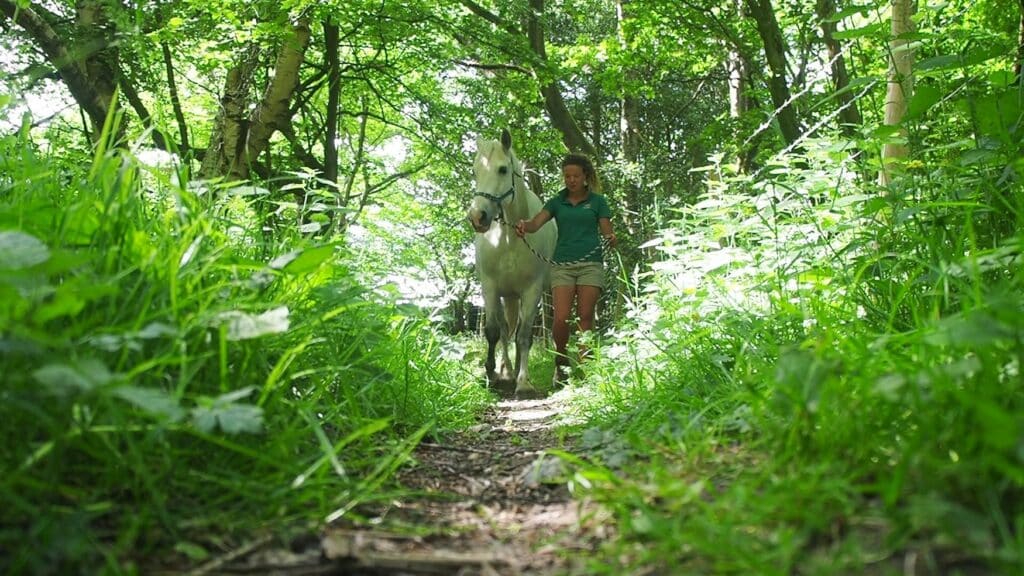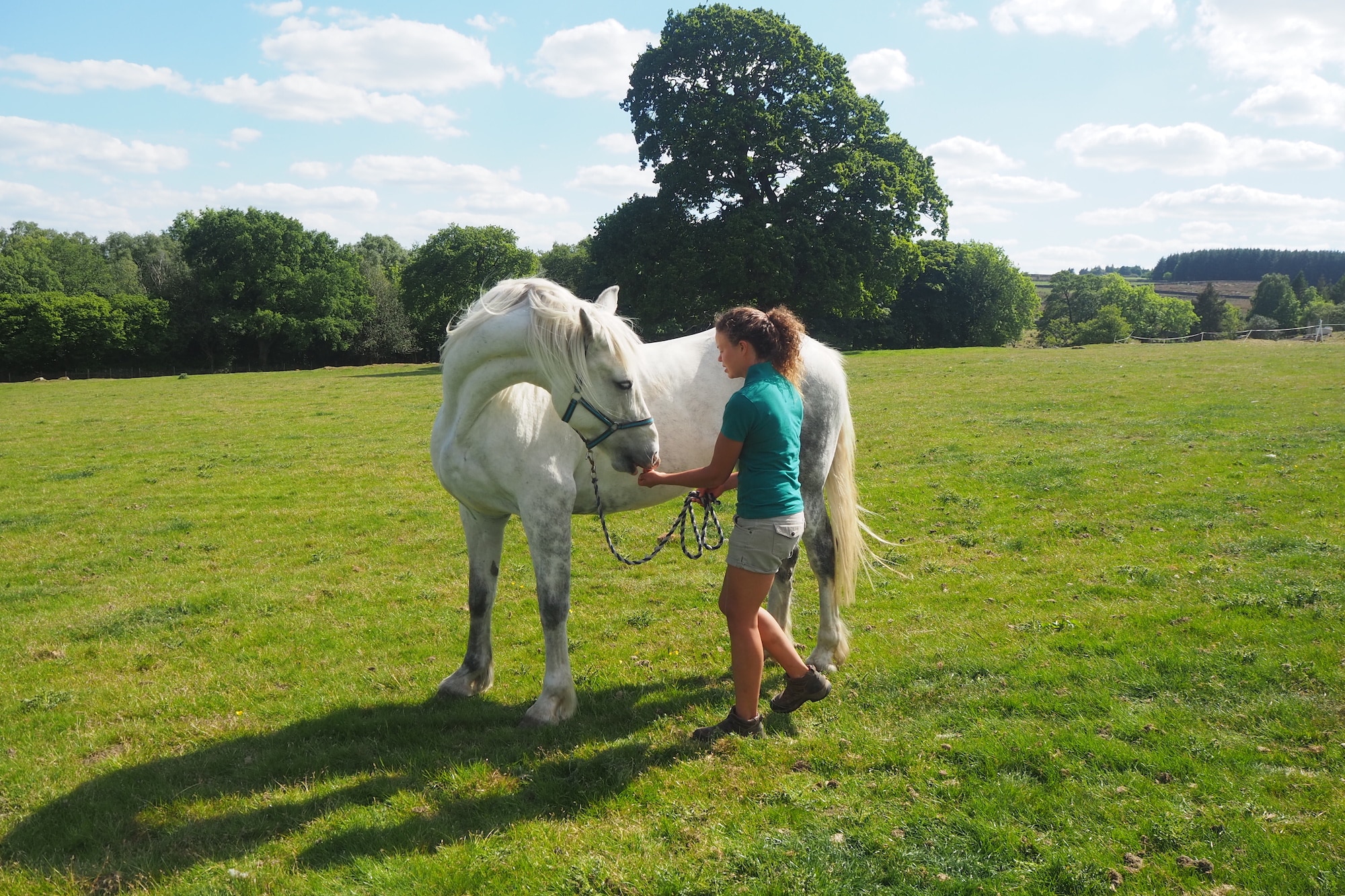Performance & Fittening, Rehab, Training and Management
Fittening tips for horses
Sophie Pickard is looking at ‘dusting off the cobwebs’ to help you get your horse ready for a whole new competition season
Spring is on the way and the competition season is just around the corner. You might have already started planning and preparing for upcoming events in your chosen discipline or, you might be wondering where to start and how best to maximise performance and minimise the risk of injury to your horse. If you’re bringing your horse back after a winter off here are some tips to getting back to work.
A good start
For the first couple of weeks, working from the ground is the best way to get off to a successful start, for several reasons. From the ground, the horse is able to move freely without the influence of rider and tack, the handler can observe how the horse is moving more easily from the ground and, it gives the horse an opportunity to strengthen their back muscles before the weight of saddle and rider is added. I also find it helps to build a much firmer connection with your horse; a mutual respect and higher quality friendship before they carry you as their rider.
There are so many ways to work with your horse from the ground and not all of them involve endless circles on the lunge. For example, taking your horse out for in hand hacks can be great mental stimulation and can really help with strengthening especially if you can find some hills.

In-hand hacking is a great way to start building fitness; it can be a really stimulating experience for your horse and, a superb way to build fitness and confidence
The walk
I can’t emphasise the importance of walking before you can run or, of walking in general. The walk is so easily overlooked but, it is such an important gait. The walk is the most ‘strengthening’ of the gaits. The absence of a moment of suspension between strides means that all the propulsive energy comes from muscle contraction alone. Not only is the walk great for building muscle, it is also relatively low impact compared with faster gaits and, there is so much you can do in walk; walking backwards, sideways and using transitions can all help improve balance, co-ordination and core muscle recruitment. Walking over poles can help improve joint range of motion and proprioception.
Groundwork using poles allows you to assess your horse’s movement and, build balance and co-ordination before you get on board
Additional exercises
Alongside walking/ active exercise in the first few weeks, incorporating some ‘calisthenics’ will help to ensure that the correct muscles are recruited prior to increased demands on them, as the workload increases. Some simple calisthenics include pelvic tucks, tail pulls and backing up, these can all be prescribed by your physiotherapist or chiropractor where appropriate at your pre-season check up.
It is important to ensure that, especially in the initial stages of a conditioning programme; exercise is gradually and incrementally increased, for example, exercising 3-4 times per week, gradually increasing duration, challenge or intensity in each session, interspersed with plenty of rest.

Simple stretches at the end of a training session can help to increase muscle flexibility and suppleness and, also be a rewarding way to finish
“Horses take significantly longer than humans to recover from hard physical work so, working your horse hard for both days on a weekend only, will do little to increase fitness BUT, may lead to increased risk of injury”
This leads me to emphasise the importance of avoiding fatigue during sessions. Fatigue is described as ‘extreme tiredness’ but it can also be used to describe ‘weakness’. When horses becomes fatigued, they can lose concentration, co-ordination and form, meaning the quality of their movement declines and their performance is reduced. This can increase the risk of stumbling or tripping and causing themselves an injury. Not only this, but the body when fatigued, is already in a state of damage, the muscles become tight and tense in order to protect themselves.
“It is crucial to end a training session before the point of fatigue”
Otherwise, we may be reinforcing poor quality movement and unwittingly be training our horses to perform badly. A short but effective and progressive session will be far more beneficial than hours and hours of excessive repetition in a bid to get your horse fit.
It is no secret that starting the process is usually the hardest part! So, by starting small and with short sessions, it should help both your and your horse to adapt to the new regime and actually enjoy it…. Riding, competing or just spending time with our horses should always be fun, no matter what the end goal is.
In the next article we’ll take a look at how and when to progress and, how to keep your horse interested in work and avoiding injuries.

